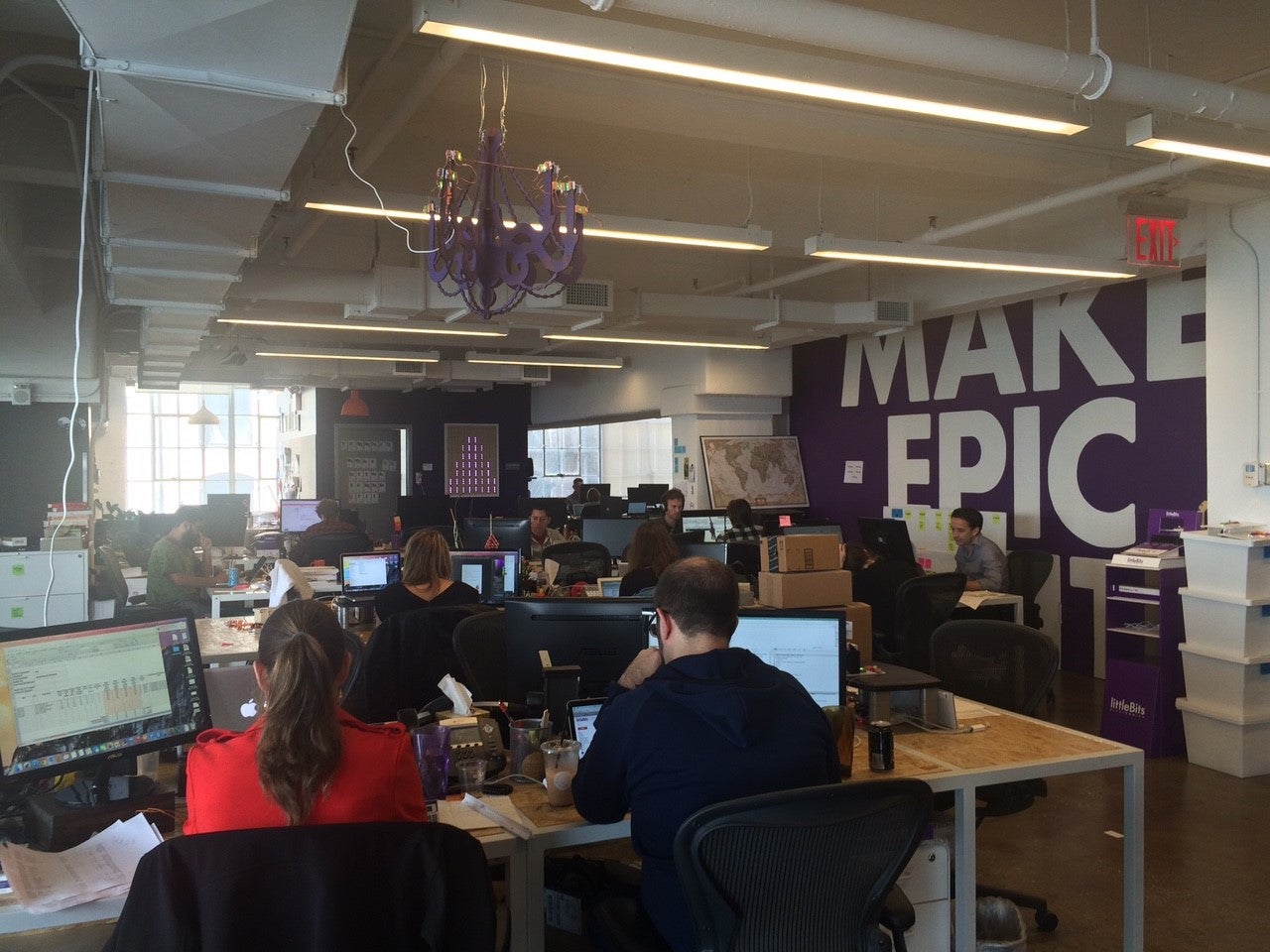
A start-up office in New York.
Photo Credit: © Victor Mulas
We are in the grip of start-up hype. Today, every large city in the world aspires to become a start-up hub. New York City became a start-up role model; Berlin and London were the “go to” start-up hubs in Europe two or three years ago; Nairobi is the start-up darling in Africa; and Dubai promoted itself as start-up destination.
Start-ups are seen as the new solution for job creation in the emerging economy of the so-called “fourth industrial revolution.” Indeed, they can help produce the jobs of the future — those new employment opportunities that are created in brand-new industries or technology categories. For instance, this has already happened in New York City, where the connection with local industries has resulted in new jobs, new industries, and greater competitiveness for traditional sectors. And it is has not been only about jobs. Solutions for critical development challenges, such as online payments and access to energy in off-grid areas, have emerged from Nairobi and India’s ingenious start-up scenes.
As I visit these cities, however, I wonder if the actual — and potential — impact of these emerging start-up ecosystems is being exaggerated and if we are all collectively witnessing an overflow of attention and resources that cannot translate into “magic” solutions to unemployment and other global challenges.
Indeed, many of the ecosystems I visited and studied seem to be overinflated. Not many start-ups become sustainable businesses, and the few successful examples are cited over and over again. Start-ups are disconnected from local industries and there is little absorption of start-up innovation by the economy.
In some cases, the result is a massive, large-scale training program where a new generation of aspiring entrepreneurs can learn technical and management skills (this is a good outcome). On fewer occasions, the ecosystem becomes sustainable, producing successful new businesses that reinvest in new talent and connect with the local industry base (this is a better outcome).
But these seem to be a handful of cases, and it’s not easy to get there. I suspect this is the result of a lack of maturity of the infrastructure supporting the ecosystem, as well as the poor understanding of what we need to translate the energy of new entrepreneurs and innovators into productivity and business success.
The problem is being exacerbated by an overflow of money into the start-up scene. With interest rates persistently low, investors have been turning to venture capital funds and similar alternatives, hoping to to find their return on investment in start-up unicorns like Uber or Airbnb. But as in previous “bubbles,” the supply of remunerative start-up unicorns was limited.
The phenomenon moved from developed to developing markets. In those countries, where private investors were still cautious and risk-averse, government institutions stepped in to reduce (or even eliminate) the risk. For example, in Lebanon, the Central Bank has overflowed the start-up investment market with over $400 million, while in Latin America, public programs to support start-up acceleration are multiplying.
In many cases, the result is a class of entrepreneurs who have become experts in going from program to program and winning competition after competition without actually graduating into the market and producing any impact in terms of employment or productivity. I call these “zombie start-ups.”
This flow of investments and the development of ecosystems worldwide is not bad per se. It can actually be leveraged by local stakeholders and policymakers to produce a sustainable and healthy ecosystem that results in new jobs and innovation. It’s about setting the right expectations and not overstating them, and, more important, understanding and actively fostering the dynamics that can create sustainable and competitive start-ups over time — a summary of these mechanisms can be found here.
The more I see how many ecosystems are not doing this, the more I wonder what will happen when interest rates start rising and the flow of money slows down. The most likely outcome will be a big burst of these ecosystems.
This should result in healthier and more productive ecosystems after a recovery phase. However, we know from previous economic bubbles bursting that these processes are painful and the unintended consequences from the shock uncertain.


Join the Conversation